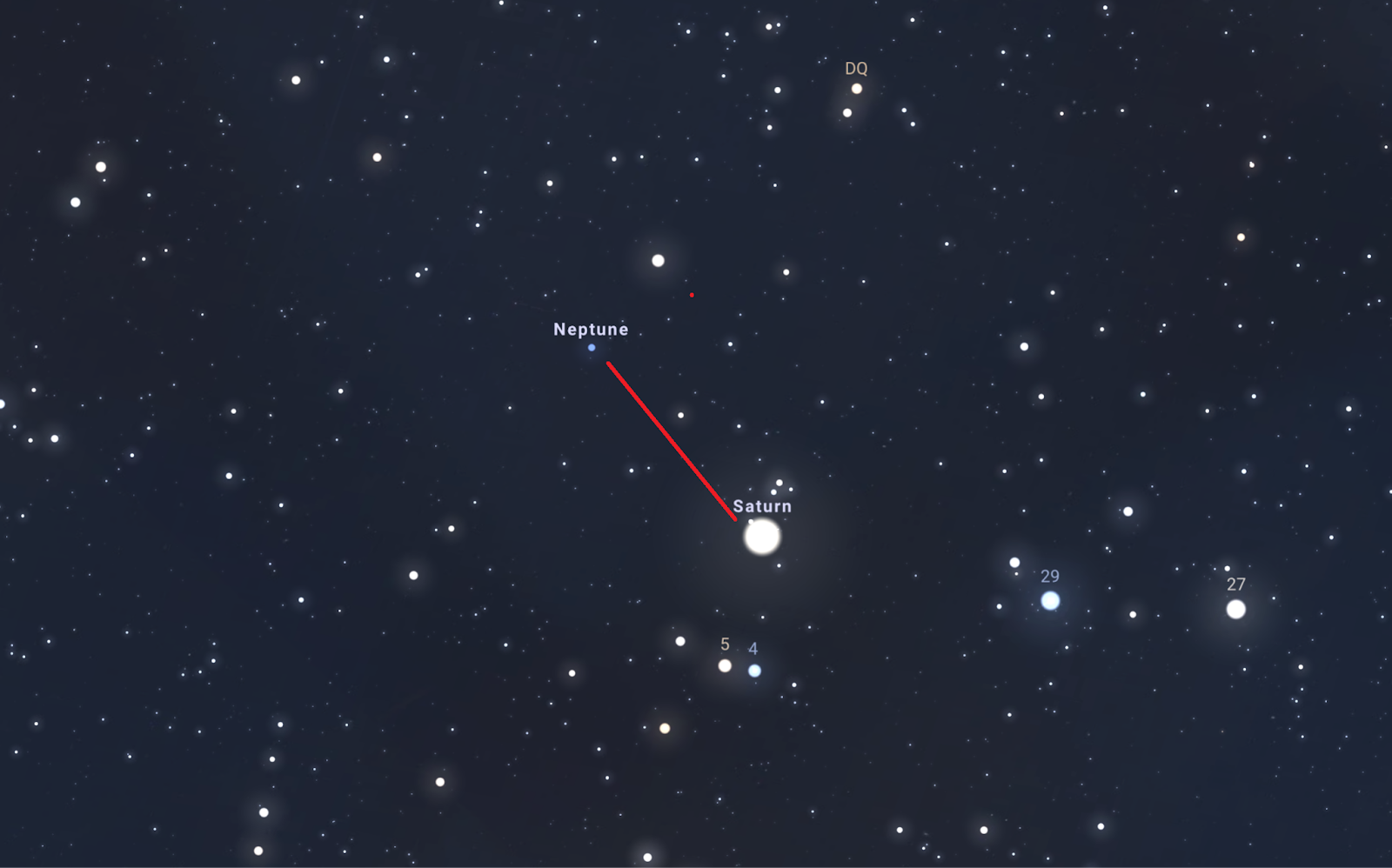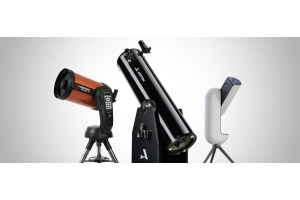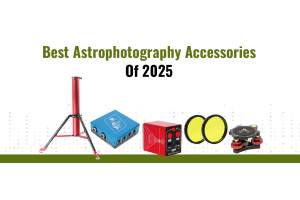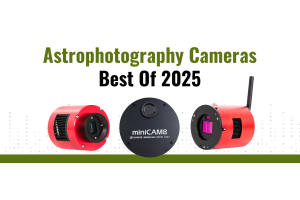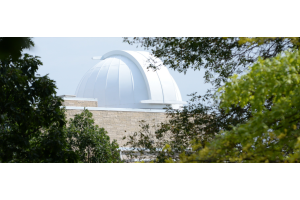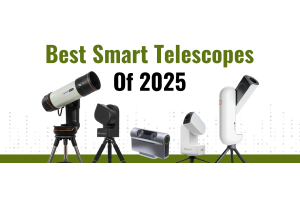
2025 might be one of the best years to see Uranus and Neptune. Locating these two planets is often considered a highlight on the journey of becoming a more advanced amateur astronomer. After all, how many people can say they’ve seen all of the planets in the solar system?
Throughout the year, both planets are comparatively easy to find in the sky; they can be found near bright planets and stars, and neither planet is within the dense cloud of stars within the Milky Way. Uranus, discovered in 1781 by William Herschel, was the first planet found with a telescope, marking the first step in truly understanding the outer solar system. Neptune’s discovery in 1846 by Urbain Le Verrier came from mathematical predictions based on irregularities in Uranus’s orbit, showcasing the power of mathematical deduction and Newtonian physics. Even throughout the 17th and 18th centuries, it was possible with the optics of those eras to spot these distant worlds. But how do you find them with modern equipment? This article will cover some basic tips to help you spot the two furthest planets in the solar system through your telescope.
What do I need?
Uranus and Neptune are both visible through a pair of binoculars, although you won’t be able to see much, and you’ll need a star chart to verify that you are looking at the correct target. Binoculars such as the Celestron SkyMaster 25x70 should be sufficient to spot the guide stars to point your way towards these two planets. This would be the best way to become familiar with the region of the sky that you will be pointing a telescope towards. Although star-hopping can be a rewarding way to become more familiar with the stars in the night sky, you might prefer to simply use a computerized tracking mount that’ll easily be able to find either of these planets in the sky, provided your mount is aligned correctly. However, once you are familiar with star-hopping and your skill at locating these two faint planets increases, you might find that you’re able to locate Uranus and Neptune faster than even a computerized telescope!
To actually see the two planets, you’ll need high magnification and a telescope. A great beginner telescope that has higher magnification, sufficient to really spot and appreciate the two planets, is the Apertura AD6 Dobsonian telescope. This 6” Dobsonian telescope is an excellent choice for observing Uranus and Neptune due to its well-suited technical specifications. Its 6-inch (152mm) aperture gathers ample light—far more than smaller scopes—making the faint magnitudes of Uranus (5.5 to 6.0) and Neptune (7.8 to 8.0) visible as small, pale blue-green discs rather than mere star-like points, with a limiting magnitude of around 13.4 under dark skies. The 1200mm focal length and f/8 focal ratio enable high magnification, delivering 133x with the included 9mm eyepiece or up to 266x with a 2x Barlow lens, which is ideal for resolving the tiny angular sizes of Uranus (3.3 to 4.1 arcseconds) and Neptune (2.2 to 2.4 arcseconds), though fine details like cloud bands remain challenging. If you are lucky, you might even be able to spot Neptune’s largest moon, Triton!
How to Find Uranus and Neptune in 2025
To find Uranus, first find the seven sisters of the Pleiades. They are hard to miss. Located in the constellation of Taurus, the Pleiades rise to the east after sunset in the Fall and Winter months. They appear almost like a small “dipper”. In fact, many new stargazers see the Pleiades and mistake them for the Little Dipper. Now, if you have a pair of binoculars, you can locate the star field where Uranus is located fairly easily. But unfortunately, there are not many bright stars closer to Uranus, so we’ll have to settle for 5th magnitude stars. First, point your telescope at the Pleiades. Try to use a low-power, high focal length eyepiece in your telescope for as wide a field of view as possible. Use the Pleiades to focus if you need to. Move your telescope south until you find the star “13 Tauri”. It is a B9V sequence blue star, so you know you’ve found it when you find a fairly blue star. It will appear similar in color to the Pleiades themselves. Now, within your field of view at low power, you will have found a star with a warmer hue - this is 14 Tauri. Use 13 Tauri and 14 Tauri and draw an imaginary line between them, and move your telescope eastwards. You will find a blue-green star in your eyepiece that is identical in brightness to 13 Tauri. This is the planet Uranus! To verify you’ve found the solar system’s 7th planet, change your eyepiece from a low magnification one to a higher power one. You will begin to see Uranus appear not as a point-like object, but as a diffuse disk similar to the other planets. You will not see any features on the planet, and it will appear as a small blue-green ball, but this is normal.
Finding Neptune is usually a more difficult challenge than locating Uranus in the sky. After all, it wasn’t spotted until the 1800s, when telescopes had been invented for nearly 200 years. This is because Neptune is much dimmer than the other bodies in the solar system, despite being the same size as Uranus. However, in 2025, we’re in luck - Neptune is very close in the sky to the planet Saturn, which is much more visually obvious in the sky. Unfortunately, there are not many good stars that you can use this year to star-hop between Neptune and Uranus. However, the two will appear fairly close together in a pair of binoculars. Using a low-power eyepiece, you may even be able to see the two in the same field of view. To verify you’ve found Neptune, you can use the same trick as above used to verify Uranus as a planet. Change out your wide-field eyepiece with a high-powered one. Neptune, like Uranus, will appear as a fuzzy small “ball” instead of a point-like star. With enough aperture, you may even spot Neptune’s companion Triton!
When Should I Look?
The best time to observe Uranus is in November, when the planet reaches opposition, aligning directly opposite the Sun from Earth and is out in the night sky for the longest period of time. During this period, the Pleiades star cluster also rises shortly after sunset, adding a stunning backdrop to your stargazing experience. For the best view of Uranus, it’s advisable to wait until later in the evening when the planet climbs higher in the sky, reducing atmospheric distortion and improving clarity. Similarly, the prime time to spot Neptune is in August, when it too is at opposition, appearing at its brightest.

Learn More
Interested in diving deeper into the world of astronomy? Check out our AstronomyHub for a wealth of articles, guides, local resources for planetariums and observatories near you, and more to enhance your stargazing experience.







